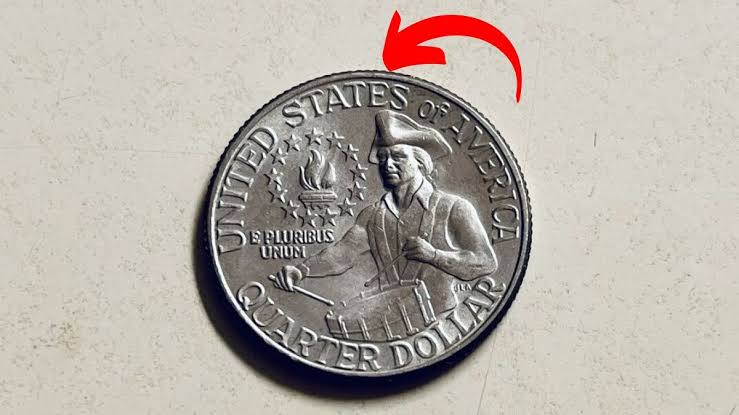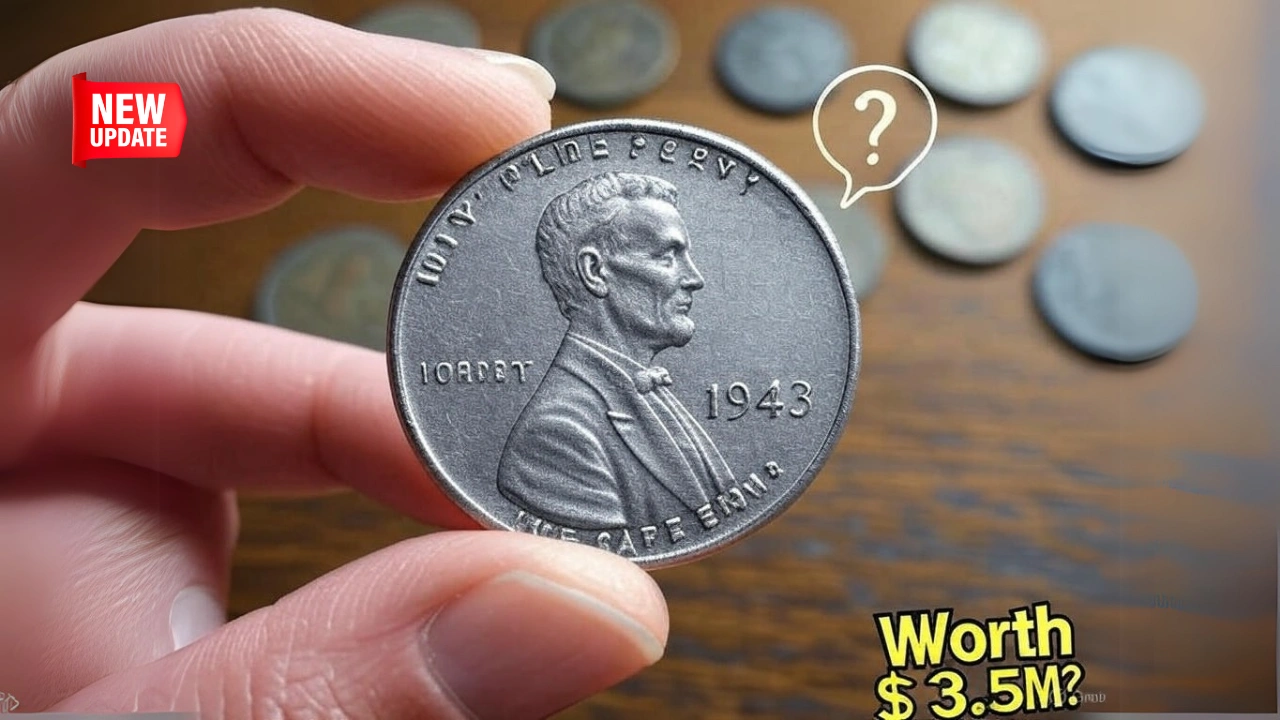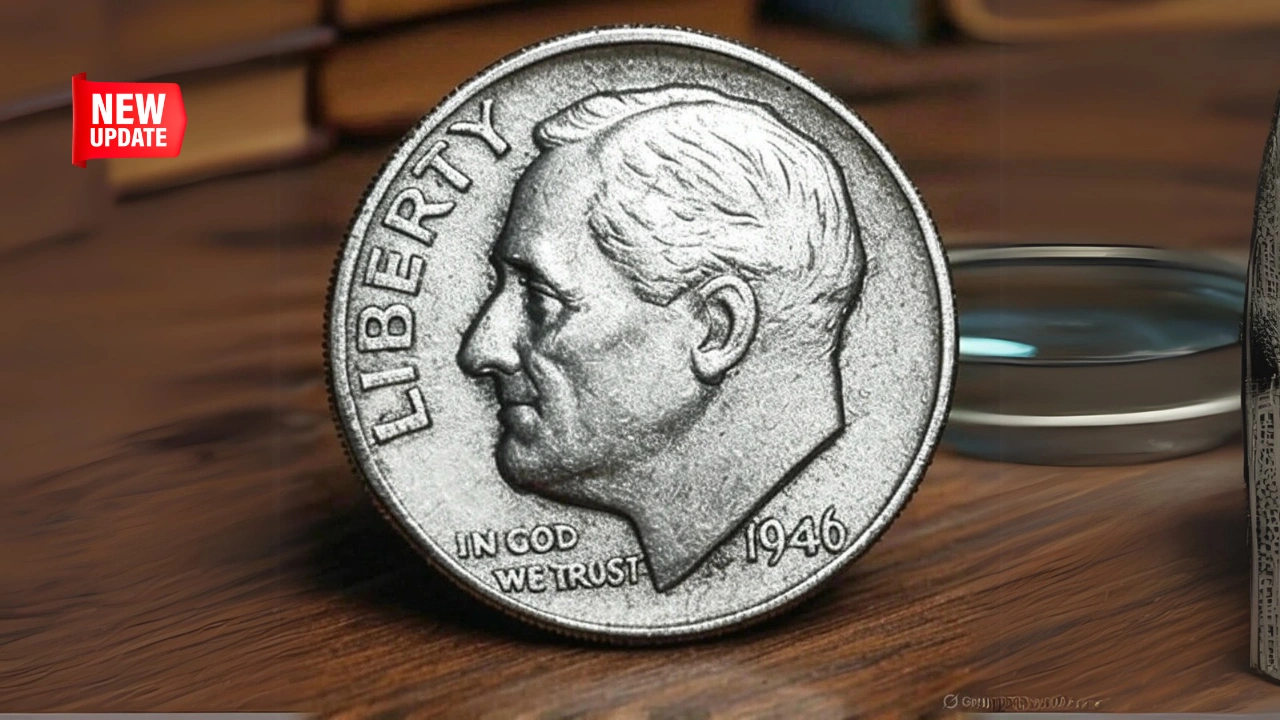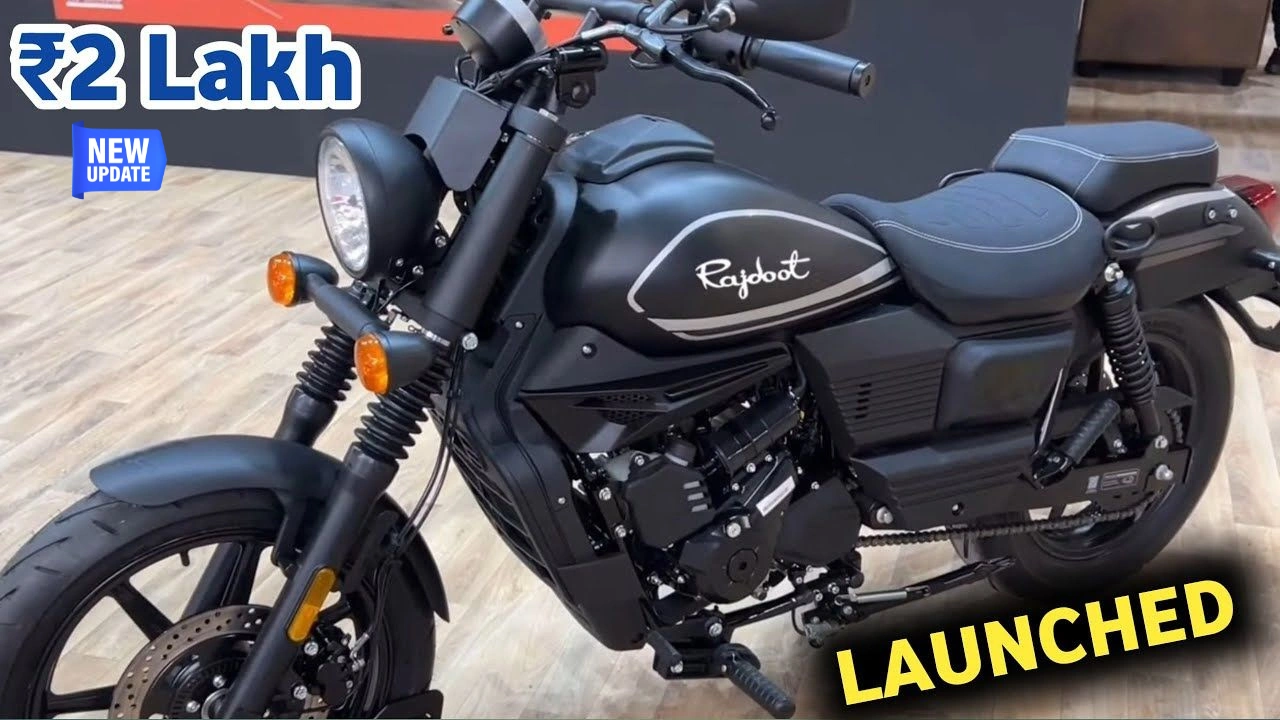The 1976 Bicentennial Quarter with no mint mark has taken the numismatic world by storm, with a staggering valuation of $2.8 million. This rare coin, potentially still circulating in everyday transactions, has sparked excitement among collectors and casual coin enthusiasts alike. In this article, we dive into the history, value, and key features of this extraordinary quarter, helping you understand why it’s one of the most valuable bicentennial quarters ever discovered.
A Coin Minted for a Historic Celebration
The 1976 Bicentennial Quarter was issued to celebrate the 200th anniversary of American independence. Unlike standard quarters, it boasts a unique reverse design featuring a Colonial drummer and the dual date “1776–1976.” Millions of these coins were minted, making them common at the time of release. However, a rare subset of these quarters, those lacking a mint mark, has elevated the bicentennial quarter value to unprecedented heights.
What Makes the No Mint Mark Bicentennial Quarter So Valuable?
Typically, quarters carry a mint mark indicating their origin: “D” for Denver, “S” for San Francisco, or “P” for Philadelphia. The absence of a mint mark on certain 1976 quarters is attributed to a rare minting error, likely occurring at the Philadelphia Mint. Experts believe a small batch was struck on blank planchets before mint marks were applied, creating a rare bicentennial quarter that collectors covet. Additionally, the coin’s near-perfect condition, often graded MS-67 or higher, significantly boosts its value.
Is the Bicentennial Quarter Worth Anything?
While most Bicentennial Quarters are worth only their face value of 25 cents, specific variants, like the no mint mark version, are exceptionally valuable. The combination of rarity, historical significance, and pristine condition makes these coins a collector’s dream. Below is a comparison of standard and rare Bicentennial Quarters:
| Feature | Standard Bicentennial Quarter | Rare No Mint Mark Quarter |
|---|---|---|
| Mint Mark | D, S, or P | None |
| Value | Face value ($0.25) | Up to $2.8 million |
| Rarity | Common | Extremely rare |
| Condition | Varies | MS-67 or higher |
Could This Rare Coin Still Be in Circulation?
One of the most intriguing aspects of the rare 1976 bicentennial quarter is that it may still be in circulation. Unlike coins withdrawn due to known errors, these no mint mark quarters likely slipped into everyday use unnoticed. Coin experts suggest that some could be sitting in cash registers, tip jars, or even your pocket. This possibility has fueled a surge in interest, with many Americans inspecting their change for this valuable bicentennial quarter.
How to Identify a Rare Bicentennial Quarter
Curious if you’ve got a $2.8 million coin? Here’s how to check:
- No Mint Mark: Inspect the obverse (front) near Washington’s profile; there should be no mint mark.
- Crisp Design: The Colonial drummer on the reverse should be sharp and detailed.
- Minimal Wear: Look for coins with full luster and clean edges, indicating high condition.
- Professional Grading: If you suspect you have a rare coin, consult grading services like PCGS or NGC.
Pros and Cons of Hunting for Rare Bicentennial Quarters
| Pros | Cons |
|---|---|
| Potential for high financial reward | Extremely low odds of finding a rare coin |
| Fun and engaging hobby | Time-consuming to check coins |
| Increases numismatic knowledge | Requires investment in grading services |
Common Bicentennial Quarter Errors to Watch For
Besides the no mint mark error, other bicentennial quarter errors can increase a coin’s value, though not to the same extent. These include double-die errors, off-center strikes, and clipped planchets. Researching a bicentennial quarter error list with pictures can help identify these anomalies. While these errors are less valuable, they still attract collectors and add excitement to the hunt. For more insights into valuable coins, check out our article on the Roosevelt Dime valued at $107,000.
How Much Is a 1776 to 1976 D Quarter Worth Today?
A 1776–1976 quarter with a “D” mint mark is typically worth face value unless it has a notable error or is in exceptional condition. However, rare variants, like those with specific errors or high-grade ratings, can fetch hundreds or thousands of dollars. For accurate valuations, consult a professional appraiser or check recent auction results. Learn more about other valuable coins in our post on the 1964 Kennedy Half Dollar.
For more information on coin collecting and valuations, visit PCGS, a trusted resource for grading and coin information.
Final Thoughts on the Bicentennial Quarter Phenomenon
The $2.8 million 1976 Bicentennial Quarter with no mint mark is a testament to the hidden treasures that may lurk in your pocket change. Its rarity, coupled with its historical significance, makes it a fascinating subject for collectors and casual enthusiasts alike. Whether you’re inspired to start a coin-collecting journey or simply want to check your spare change, this rare quarter reminds us that extraordinary finds are sometimes closer than we think.















